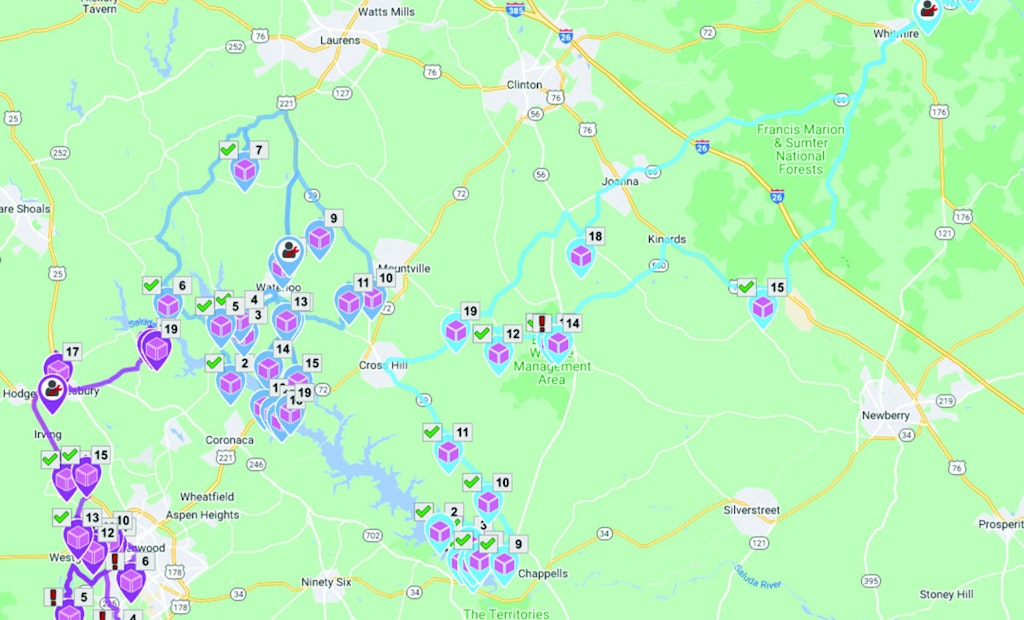Portable restroom and roll-off business adapts to new software
Problem: When Containers Inc. in Pensacola, Florida, was acquired through a merger, they inherited web-based software from a sister company for managing the portable restroom and rolloff businesses.
Solution: After...






